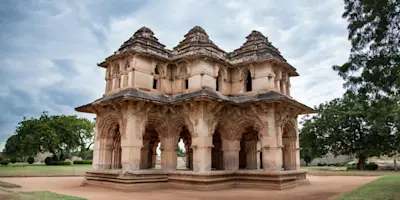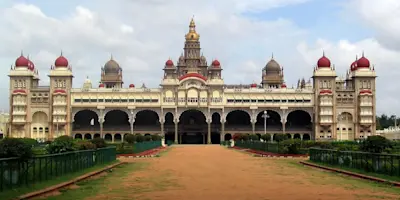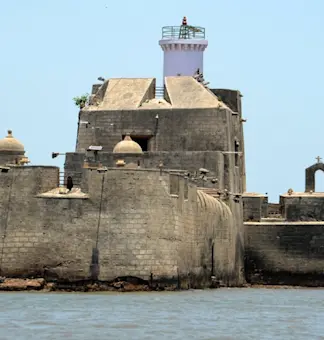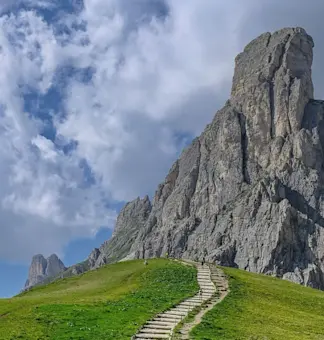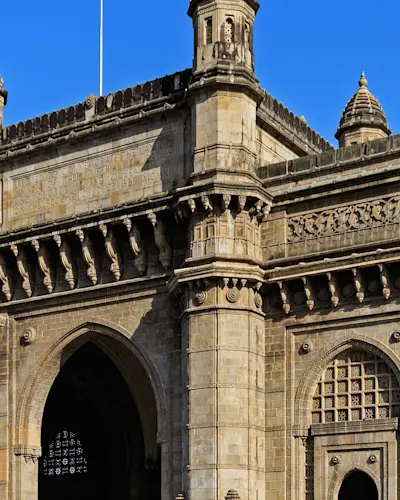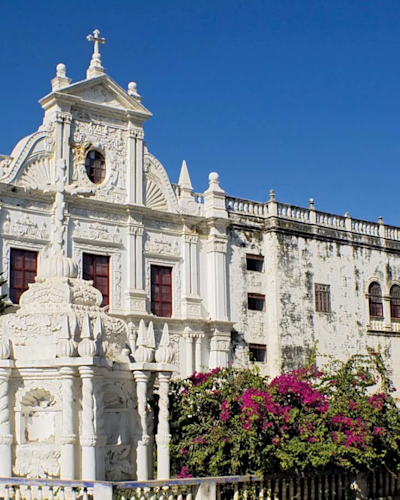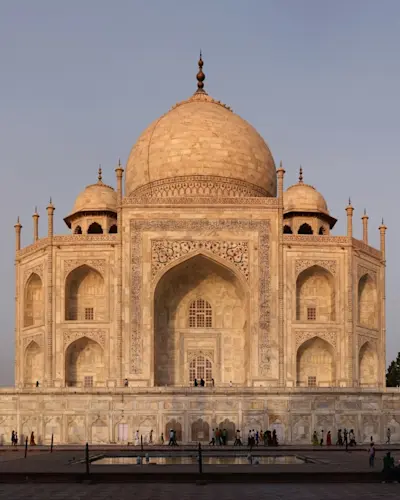Gateway of India: Mumbai's Iconic Landmark - A Comprehensive Guide
The Gateway of India: A Historical Marvel in Mumbai
Mumbai's most iconic landmark stands as a testament to India's rich historical tapestry, bridging the past and present with its magnificent architectural presence.
Historical Background
The Gateway of India was constructed to commemorate the visit of King George V and Queen Mary to Mumbai in 1911, though it was completed much later in 1924. This basalt arch monument symbolizes the end of British colonial rule and the beginning of India's journey to independence.
Architectural Significance
Design Highlights:
Indo-Saracenic architectural style
Basalt stone construction
Intricate architectural details
26-meter (85-foot) high arch
Blend of Indian and European design elements
Location and Surroundings
Situated on the waterfront of the Arabian Sea in the Apollo Bunder area, the Gateway of India offers:
Stunning sea views
Proximity to historic buildings
Vibrant urban atmosphere
Easy access to multiple attractions
Best Times to Visit
Ideal Visiting Periods:
October to March (Cooler months)
Early morning for best photographs
Weekdays to avoid heavy crowds
Sunset for spectacular views
Nearby Attractions
Must-Visit Locations:
Taj Mahal Palace Hotel
Elephanta Caves
Chhatrapati Shivaji Maharaj Terminus
Marine Drive
Colaba Causeway
Photography and Visitor Tips
Photography Guidelines:
Best angles for photoshoots
Lighting conditions
Crowd management
Recommended camera settings
Nearby vantage points
Visitor Information:
Free entry
No specific closing time
Best viewed from outside
Multiple photography opportunities
Nearby cafes and restaurants
Historical Significance
Key Historical Moments:
Last British troops departed through this gateway in 1948
Symbolic representation of colonial and post-colonial era
Witnessed numerous significant historical events
Important national and cultural landmark
Cultural Importance
The Gateway represents more than just an architectural marvel:
Symbol of Mumbai's cosmopolitan nature
Intersection of colonial and Indian heritage
Popular meeting point
Cultural and historical significance
Travel and Access
Getting There:
Easily accessible by public transport
Multiple bus and train routes
Proximity to major city centers
Walking distance from key attractions
Taxi and auto-rickshaw services available
Frequently Asked Questions
What is the best time to visit the Gateway of India?
October to March, with early morning or sunset being ideal.
Is there an entry fee?
No, entry is free for visitors.
How long should I plan to visit?
30-60 minutes is typically sufficient.
Are guided tours available?
Several walking tours and history walks cover the monument.
Can I take a boat from here?
Yes, boats to Elephanta Caves depart from nearby jetties.
Conclusion
The Gateway of India stands as a magnificent symbol of Mumbai's rich history, architectural brilliance, and cultural diversity. More than just a monument, it's a living narrative of India's complex historical journey.
Contact Travel Taxi: 📞 Reservations: 9899386471 🌐 Website: traveltaxi.in
Internal Links:
External Links:
Embark on a journey through Mumbai's most iconic landmark!
Featured Tours
Tours you might be interested in
Featured Activites
Activites you might be interested in


